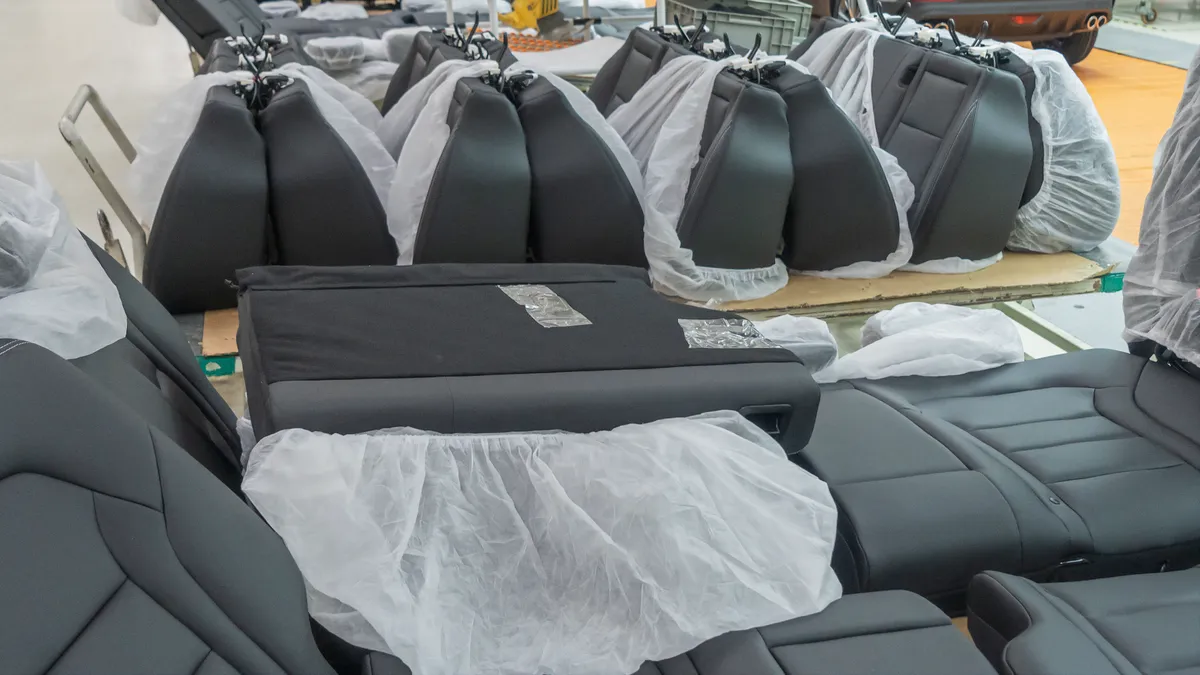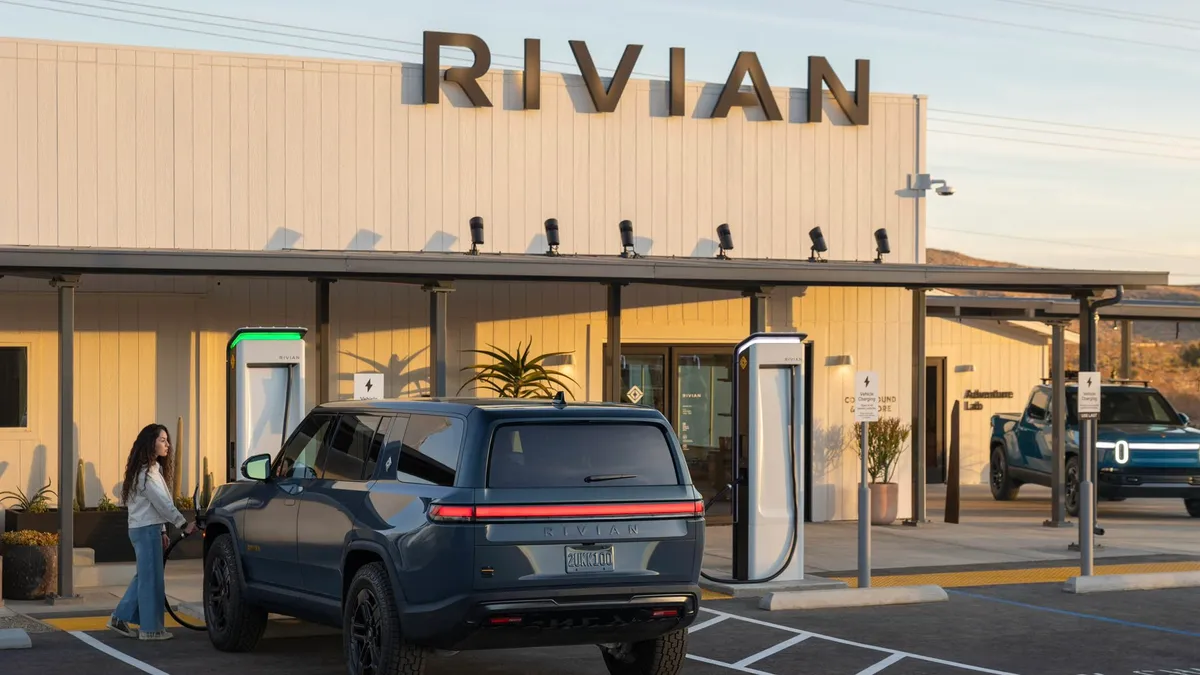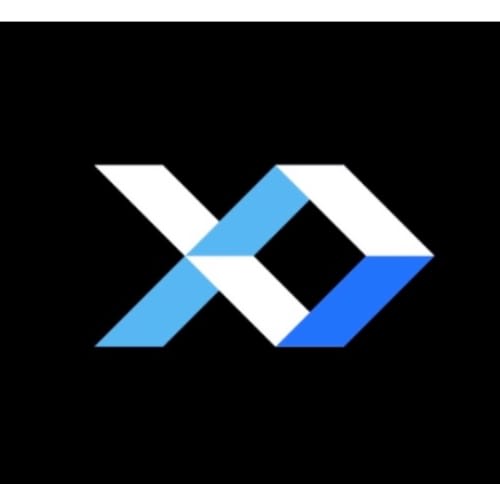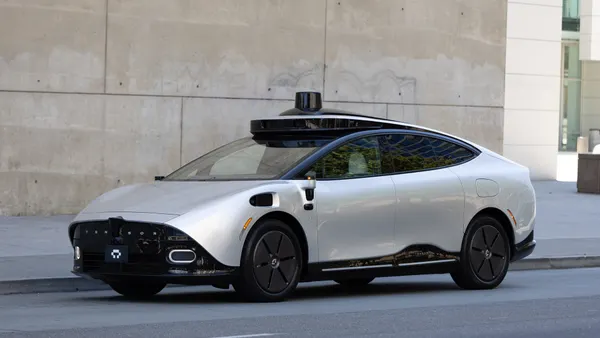Dive Brief:
- The Science Based Targets initiative set new standards for auto scope 3 category 11 emissions to help automakers meet 1.5 degrees Celsius emission reduction targets, according to a March 20 press release.
- The SBTi’s updated guidance includes revised criteria to calculate emissions throughout a vehicle's lifecycle, as well as a manufacturing pledge to phase out petrol and diesel for cars and vans by 2035 in major markets like the U.S., Asia Pacific and Europe.
- Scope 3 category 11 pertains to the use of sold products, according to scope 3 inventory guidance. For automakers, that means the emissions vehicles generate after they’re sold to a customer.
Dive Insight:
Scope 3 emissions are notoriously hard to calculate as they include external parties not in a company’s direct control, such as vendors and customers. As automakers get a handle on their long-term net zero goals, many are starting to standardize their emissions reporting.
The updated Land Transport Guidance is a step towards a common science-based target for automakers. To help set targets, the SBTi provides tools for calculating both short- and long-term ambitions. It also suggests phrasing for declaring those targets, including how automakers should state they’ve signed the zero-emissions vehicle pledge.
More specifically, scope 3 category 11 is the largest source of emissions for automakers, the SBTi said in its release. Citing the International Energy Agency, the organization said private cars and vans generate about 10% of energy-related carbon emissions globally.
“Addressing specific emission categories directly related to a company’s main activity has significant potential to improve the credibility and consistency of decarbonization claims for both near- and long-term targets,” the SBTi said in its guidance. “As the vast majority of automakers’ overall emissions originate from end-users driving the vehicles, company-wide decarbonization claims aligned with 1.5°C should accordingly be consistent across vehicle use-phase emissions.”














